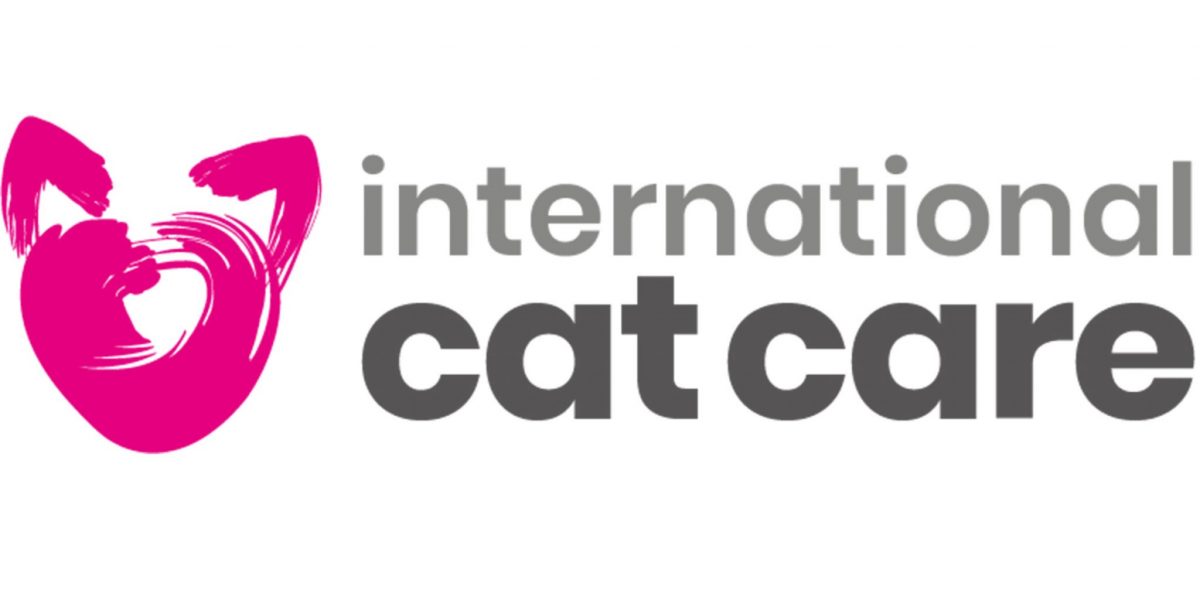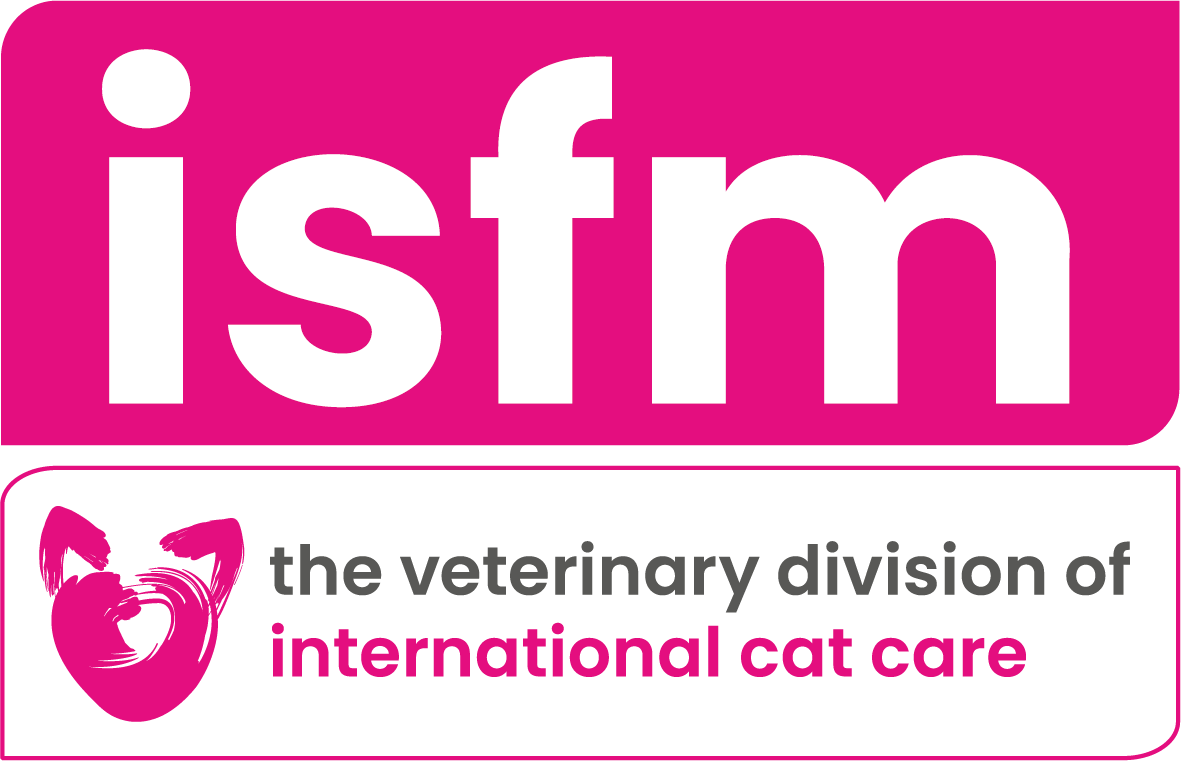Teach Any Cat AeroKat* - 3: Applying the Mask
This video on Applying the Mask and teaching your cat to voluntarily place their nose in the AeroKat* chamber is part of our Teach Any Cat AeroKat* video series.
This training series was created with two leading cat behavior experts from International Cat Care; a Certificated Clinical Animal Behaviorist and trainer; and Head of Cat Advocacy and author of the best-selling book "The Trainable Cat".
Teach Any Cat AeroKat* Full SeriesDeveloped in partnership with the International Society of Feline Medicine (ISFM), the veterinary division of parent charity International Cat Care.
Gradual Introduction of the Mask
As demonstrated in Step 2, it is really important to take a gradual, stepwise approach to training. Working from easier interactions towards those that are potentially harder for your cat will build confidence, positive associations and enjoyment in the training. When this is mastered, it is time to train for nose in the mask. Remember the mask is never forced upon your cat. Your cat chooses to take part.
Shaping Voluntary Placement of the Nose in the Mask
When ready to train with the mask, turn the mask inside out, so that it looks flatter, and is less of an enclosed object for your cat to put its sensitive nose into. Two masks are provided with your AeroKat* chamber, so this turned mask is the spare, which becomes your training mask. Lure the nose into the mask by placing food [which may be treats] in the hole at the back. As your cat places its nose in the mask, click, and gently push the food forward, so your cat can access it to eat.
Lure and Mark
Now we can start to shape voluntary approaches. Lure with food a few times, to shape interest in the mask. This time, mark the nose-in-mask behaviour with a click, take the food out of the mask and feed. After a few repetitions of this, move to offering the mask without food in it, marking nose-in-mask and rewarding away from mask.
Increasing Confidence in the Mask
When your cat is confident with placing their nose in the inside-out mask, you can progress to offering the mask back to its normal enclosed shape, and then add on the next piece of the chamber. Initially, with each new step, use food to lure interest, clicking as your cat places its nose into the mask, and then feeding outside the mask following each click. After a few repetitions, reduce the lure, so that your cat is placing their nose in the mask, without food in it.
When your cat is confident, stop luring completely. Continue to shape for increasing confidence with placing the nose in the mask, always clicking for nose-in, and feeding outside the mask. If at any stage, your cat no longer offers nose-in-mask, go back to luring, making things easier for a just few repetitions. Remember, this should always be a voluntary behaviour, with your cat remaining comfortable and in control.
Add-On the Chamber
We then present the assembled chamber. As this is new, use food in the chamber initially. Click when your cat voluntarily places its nose in the mask, and then release food from chamber for cat to eat. Gradually diminish the use of the lure until it is no longer needed.
Ensuring Interactions are Voluntary and Positive
To give your cat maximal control, and ensure that interactions with the chamber are voluntary, add a cue. This is an invitation to your cat to take part - a signal to tell them that, if they choose to approach and place their nose in the mask, rewards are available.
The cue can be verbal (e.g. "mask") or visual (e.g. a gentle finger tap on the mask).
Add the cue when your cat is already comfortable placing its nose in the mask and will predictably do so. Do so by saying "mask", or tapping the mask, just before your cat decides to place its nose in.
If your cat doesn't respond to the cue – it may be that it is not well enough understood, or that the behaviour may not be learned yet. Your cat may also be tired or distracted, full of food, or the food may not be perceived to be of high enough value to your cat. This is worth assessing at each step. The cue should not be repeated if your cat does not respond, and the mask should never be forced towards your cat. Simply take a break, go back to something easier, then build back to where you feel the behaviour is well understood by your cat before trying again.
Keep Your Cat Comfortable
At all times during training, watch out for your cat's comfort and voluntary participation. Take training steps slowly. If in doubt stop (for example if there is tail-twitching or food-grabbing; if your cat seems distracted or tired; or if they are avoiding training or the chamber). Ask yourself is your cat actively participating? Do they choose to approach, and seem engaged? Do they seem relaxed and are welcoming the food? If so, time for step 4: teaching your cat to hold its face in the AeroKat* Chamber for the duration of its treatment. Always be sure that your cat is happy, engaged and in control.
Step 4: Extending the Duration Teach Any Cat AeroKat* Full Series



